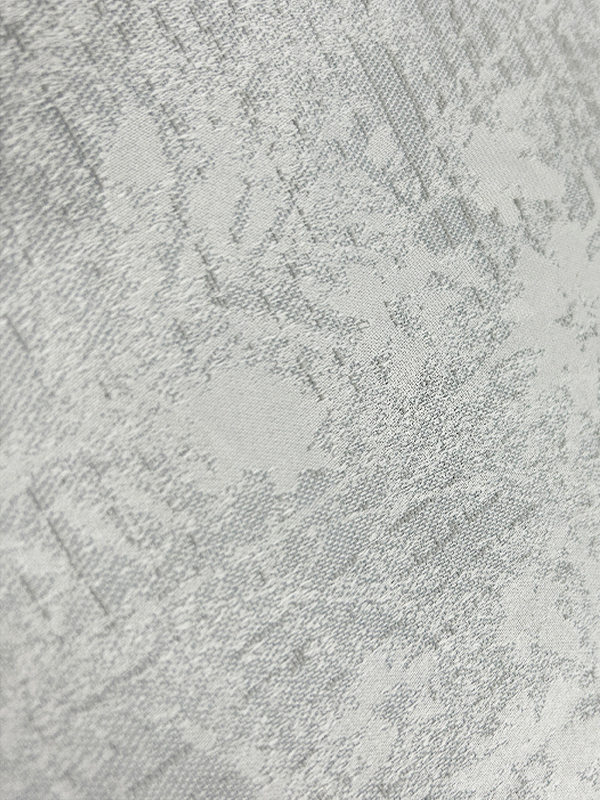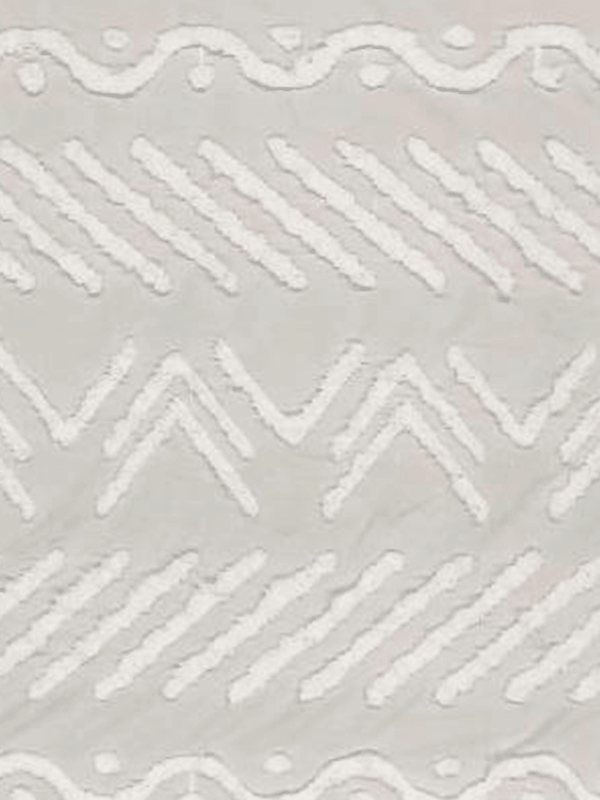When it comes to home décor, curtains are often one of the most noticeable features of a room. They serve not only as functional elements to control light and privacy but also as key decorative accents that can transform the ambiance of a space. The choice of curtain fabric plays a significant role in determining the overall look, feel, and practicality of your window treatments. Whether you're aiming for a minimalist modern vibe or a more traditional, luxurious atmosphere, the right fabric can make all the difference.
Curtain fabrics come in many types, each with its distinct qualities. Some fabrics are better suited for heavy-duty purposes, such as blocking light or insulating against temperature changes, while others are chosen primarily for their appearance or lightweight nature. Here are some of the most popular curtain fabrics:
Cotton is one of the most popular and versatile curtain fabrics. It is a soft, breathable fabric that provides a natural look. Cotton curtains are excellent for rooms that require moderate light filtration, such as living rooms or bedrooms. They come in a wide variety of colors, patterns, and prints, allowing for a high degree of customization. Cotton is easy to clean and maintain, making it a practical choice for families.

Linen is another popular fabric for curtains, especially in coastal or airy, relaxed home settings. Linen has a unique texture that gives a sophisticated, elegant look to any room. It is lightweight, breathable, and allows some light to pass through, making it perfect for spaces where you want to maintain a bright atmosphere without complete exposure to the outside. Linen curtains are ideal for a casual or rustic aesthetic but can require more maintenance due to their tendency to wrinkle.
Velvet curtains are luxurious and opulent, making them a top choice for formal or traditional rooms. Velvet is a heavy, rich fabric that provides excellent insulation and light-blocking properties. These curtains can create a dramatic effect, adding both warmth and sophistication to any room. Velvet is perfect for bedrooms, media rooms, or any space where you want to create a cozy and intimate environment.
For a truly elegant and luxurious look, silk curtains are an excellent choice. Silk is a delicate and luxurious fabric with a smooth, shiny texture that adds glamour to any room. Silk curtains provide moderate light filtration and can be used in spaces like dining rooms or formal living areas where aesthetics are a priority. However, silk is delicate and can be difficult to maintain, as it is prone to fading and may require professional cleaning.
Polyester is a highly durable, affordable, and low-maintenance fabric that is often used for curtains. It is resistant to wrinkles, fading, and shrinking, making it a practical option for high-traffic areas. Polyester curtains come in a range of textures and can imitate the look of more expensive fabrics like silk or velvet, making them an excellent choice for budget-conscious homeowners. Although they may lack the natural appeal of cotton or linen, polyester curtains offer a wide variety of colors and patterns.
Blackout fabric is a specialized fabric that blocks out almost all light from entering the room. This type of curtain fabric is ideal for bedrooms, media rooms, or any space where total darkness is necessary, such as for a home theater. Blackout curtains are made of thick, layered materials, often with a reflective coating or lining to ensure maximum light blocking. These curtains can also help with insulation, keeping rooms warmer in winter and cooler in summer.
For a more ethereal, light-filtering effect, sheer curtain fabrics are an excellent choice. These lightweight fabrics allow sunlight to pass through while maintaining some level of privacy. Sheer curtains are commonly used in living rooms, dining rooms, and sunrooms to create a soft, airy atmosphere. They pair well with heavier curtains or drapes, offering flexibility for day and night use.
Taffeta is a crisp, smooth fabric that is commonly used for formal occasions. Its stiff texture gives curtains a structured, elegant appearance, and it is often used for curtains in dining rooms or grand spaces. Taffeta is less forgiving than other fabrics and may need more care in handling to keep it looking pristine.
Selecting the right curtain fabric requires balancing aesthetics, functionality, and durability. Here are some key factors to keep in mind when choosing fabric for your curtains:
Consider the function of the room where the curtains will be placed. For a bedroom, you may want to prioritize light-blocking or blackout curtains to ensure privacy and a good night’s sleep. In a living room or dining room, you might focus on fabrics that allow natural light to flow while offering privacy, such as linen, cotton, or sheer fabrics.
Your choice of curtain fabric should complement the overall style of your room. Heavier, rich fabrics like velvet or silk are ideal for formal or traditional rooms, while light, breezy fabrics like linen or cotton are great for casual or coastal-inspired interiors. Patterns and colors also play a key role in your choice—opt for neutrals for a subtle look or bold prints and colors for a statement piece.
If you need curtains to control the amount of light entering a room, consider fabrics that offer varying degrees of opacity. Blackout curtains, velvet, and heavier materials are ideal for reducing light, while sheer and lighter fabrics allow more natural light to filter in.
The climate of your region can affect your curtain fabric choice. In warmer climates, lighter fabrics like cotton, linen, and sheer materials may work better, as they allow for ventilation and are breathable. In cooler climates, you may prefer thicker fabrics, such as velvet or wool, to help with insulation and keep the room warm.
Curtains are a long-term investment, so it's important to choose a fabric that suits your lifestyle. If you're looking for something that is easy to care for, fabrics like polyester and cotton are ideal, as they are low-maintenance and durable. On the other hand, delicate fabrics like silk may require professional cleaning or careful attention to preserve their appearance.

 English
English 中文简体
中文简体 Español
Español عربى
عربى












